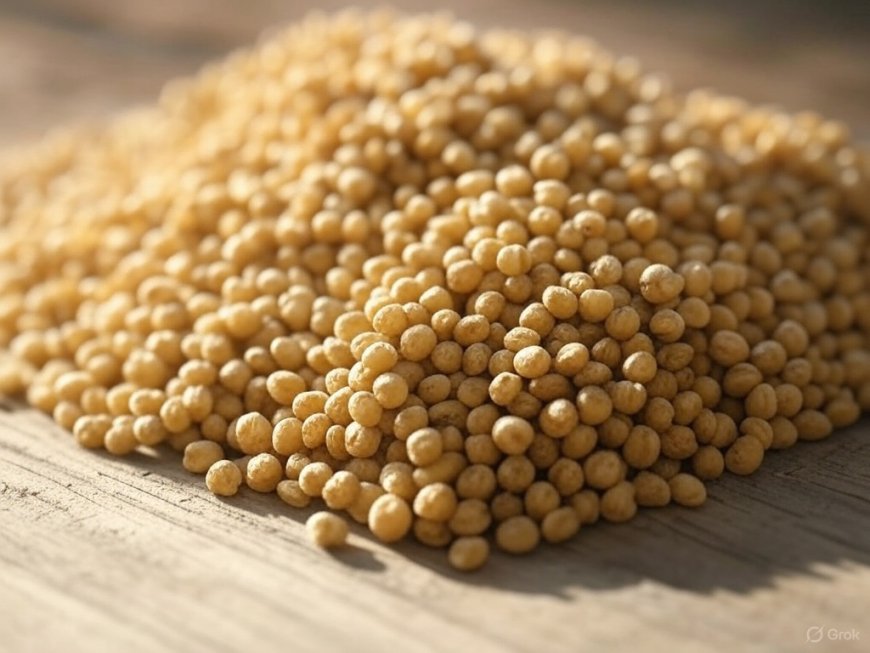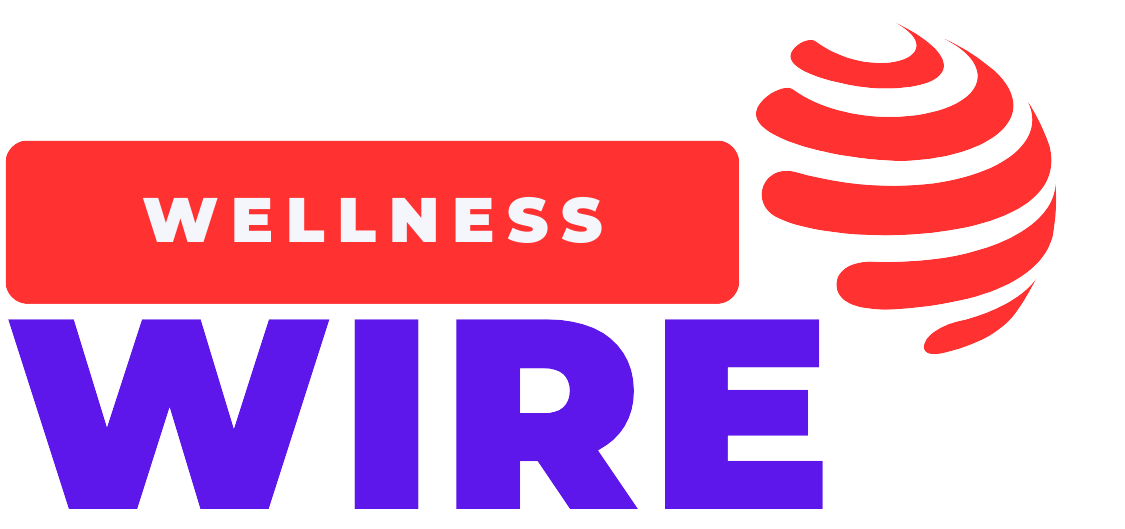The Millet Revolution: Why India’s Ancient Grains Are the Future of Healthy Eating
Millets are making a powerful comeback in India’s kitchens. Discover the health benefits of these ancient grains, their environmental impact, and why nutritionists are calling it the Millet Revolution.

The Millet Revolution: Why India’s Ancient Grains Are the Future of Healthy Eating
A quiet food revolution is brewing across India—and it’s rooted in some of the oldest grains known to humankind. From the humble ragi roti in Karnataka to bajra khichdi in Rajasthan, millets are once again taking center stage in Indian kitchens. Once considered the food of the poor, these ancient grains are now being hailed as the answer to modern health concerns and climate change challenges.
In this article, we explore why millets are making a roaring comeback, what makes them nutritionally superior, and how both consumers and policymakers are turning their attention to this "forgotten food hero."
What Are Millets?
Millets are small-seeded grasses cultivated for thousands of years across arid and semi-arid regions of India. There are over a dozen varieties, each with unique health properties. Popular ones include:
-
Ragi (Finger Millet)
-
Bajra (Pearl Millet)
-
Jowar (Sorghum)
-
Foxtail Millet
-
Little Millet
-
Kodo Millet
-
Barnyard Millet
Why Are Millets Making a Comeback?
1. Nutritional Powerhouses
Millets are naturally gluten-free, rich in fiber, protein, iron, calcium, and a range of micronutrients. They aid in controlling blood sugar, improving gut health, and promoting sustained energy levels.
Backlink: Millets: Nutrition, Health Benefits & How to Cook – Harvard T.H. Chan School of Public Health
2. Climate Resilience
Millets require far less water and chemical inputs compared to wheat or rice, making them an ideal crop for water-scarce and drought-prone regions.
Backlink: Millets and Climate Resilience – FAO
3. Support from the Indian Government
In 2023, India led the global celebration of the International Year of Millets, as declared by the UN. Government schemes now actively promote millet cultivation and consumption through public distribution systems (PDS), midday meal programs, and millet startups.
Backlink: India’s Millet Mission – Ministry of Agriculture & Farmers Welfare
4. Growing Urban Demand
Health-conscious consumers in urban India are swapping refined carbs with millet-based alternatives—millet noodles, energy bars, bread, breakfast cereals, and even millet beer are now part of retail shelves.
Health Benefits of Millets
| Health Goal | Millet Benefit |
|---|---|
| Weight Loss | High fiber increases satiety and controls cravings |
| Diabetes Control | Low glycemic index helps manage blood sugar |
| Bone Health | Ragi is especially rich in calcium |
| Digestive Health | Millets aid digestion and reduce bloating |
| Heart Health | Magnesium and antioxidants reduce cholesterol |
According to ICMR-NIN, regular consumption of millets improves metabolic markers and gut microbiome diversity significantly.
Millets and India’s Agricultural Legacy
Historically, India was one of the largest consumers and cultivators of millets. Before the Green Revolution of the 1960s—which focused on wheat and rice—millets were widely grown and consumed across rural India. The shift to water- and input-intensive crops came at a cost: soil degradation, depleting water tables, and declining dietary diversity.
Now, with growing awareness, both consumers and farmers are rediscovering the agro-ecological brilliance of millet farming.
Backlink: Millets and Agroecology – Centre for Science and Environment (CSE)
How to Add Millets to Your Diet
Transitioning to millets doesn’t mean giving up on taste or convenience. Here are some simple ideas:
-
Replace rice with foxtail or barnyard millet in pulao or khichdi
-
Use ragi flour for dosas or pancakes
-
Try jowar or bajra rotis with your regular meals
-
Bake with millet flours instead of refined white flour
-
Include millet-based breakfast cereals or energy bars
For recipes and nutritional guidance, check out Millets Recipes by Swasthi's Kitchen.
Challenges to the Millet Movement
Despite rising popularity, millets still face some hurdles:
-
Higher cost in urban markets due to lack of processing infrastructure
-
Limited awareness among younger generations
-
Need for better post-harvest storage and value chains
However, millet-focused startups and organizations like DeHaat and Slurrp Farm are working hard to close this gap.
Final Thoughts: The Future Is Ancient
The resurgence of millets is more than just a health trend—it’s a movement toward sustainable agriculture, nutritional security, and food sovereignty. As climate change accelerates and lifestyle diseases rise, going back to India’s time-tested grains may be the most forward-thinking step we can take.
For individuals, this is an invitation to reconnect with native foods. For institutions, it’s a policy imperative. And for everyone, it’s a chance to eat better while doing better for the planet.
What's Your Reaction?
 Like
0
Like
0
 Dislike
0
Dislike
0
 Love
0
Love
0
 Funny
0
Funny
0
 Angry
0
Angry
0
 Sad
0
Sad
0
 Wow
0
Wow
0



















































